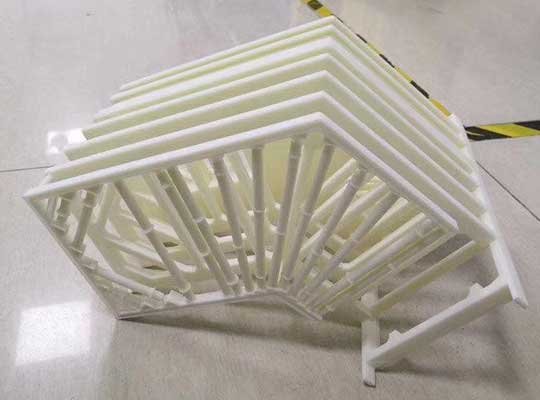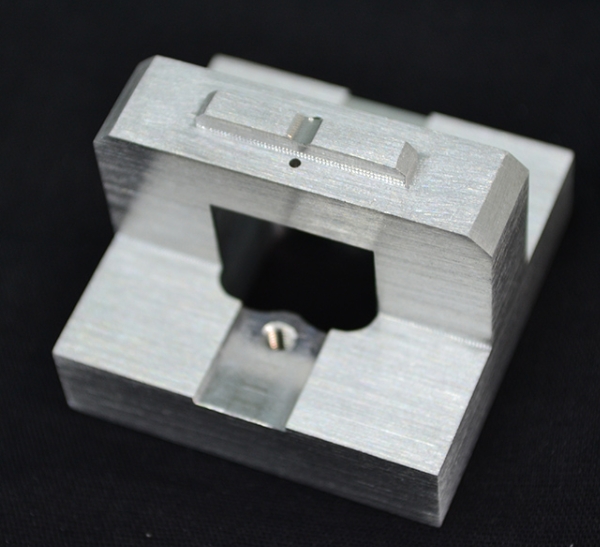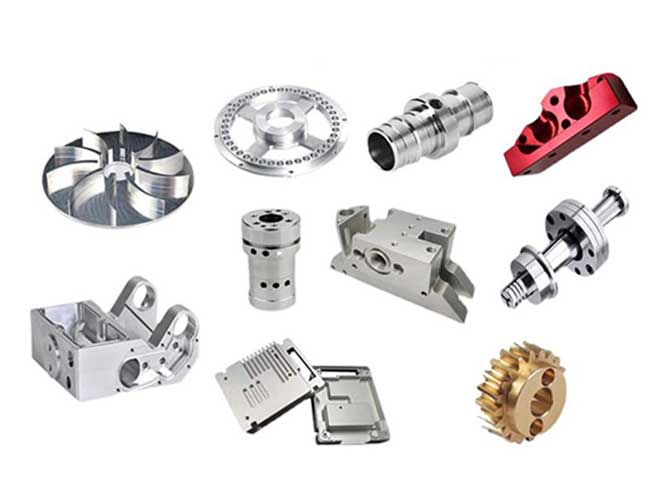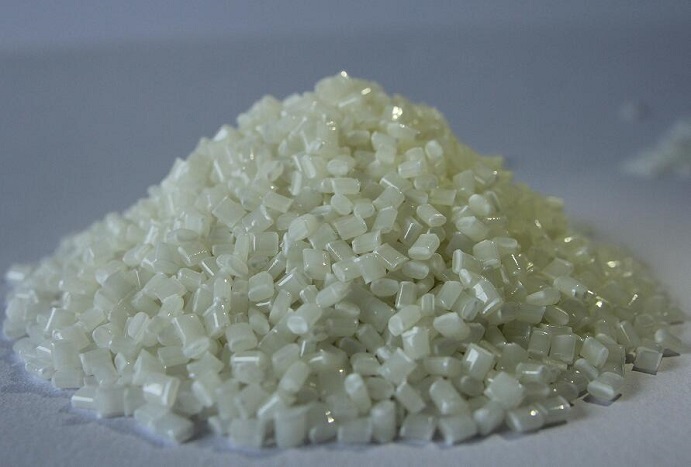In the realm of custom manufacturing, precision is everything. When it comes to creating intricate plastic parts with exceptional accuracy, micro laser cutting stands out as a transformative technology. This advanced manufacturing process uses focused laser beams to cut, 形, and refine plastic materials at microscopic scales, enabling the production of components that meet the most demanding specifications across diverse industries. From medical devices requiring micron-level precision to aerospace components needing lightweight durability, micro laser cutting has revolutionized how custom plastic parts are designed and manufactured.
What is Micro Laser Cutting?
Micro laser cutting is a non-contact manufacturing process that utilizes high-powered laser beams to precisely cut and shape plastic materials. Unlike traditional mechanical cutting methods that rely on physical tools making contact with the workpiece, laser cutting uses concentrated light energy to melt, vaporize, or burn away material, leaving clean, precise edges.
The technology operates at extremely small scales, typically handling features as small as 0.001 インチ (25 ミクロン) with tolerances as tight as ±0.0005 inches (12.7 ミクロン). This level of precision makes it ideal for creating complex geometries that would be impossible or cost-prohibitive with conventional machining methods.
Modern micro laser cutting systems incorporate computer numerical control (CNC) テクノロジー, allowing for highly automated, repeatable production. Design files in CAD format are directly translated into cutting paths, ensuring that each part matches the digital specification exactly.
Key Advantages of Micro Laser Cutting for Plastic Components
When compared to traditional manufacturing processes like mechanical machining, 射出成形, or waterjet cutting, micro laser cutting offers numerous advantages that make it particularly well-suited for custom plastic part production:
- Superior Precision: Achieves tolerances as tight as ±0.0005 inches (12.7 ミクロン) with consistent results across production runs.
- No Tool Wear: Non-contact process eliminates tool degradation, ensuring consistent quality from first to last part.
- 複雑なジオメトリ: Easily produces intricate patterns, 小さな穴, 狭いスロット, and detailed features that would be challenging with mechanical methods.
- Minimal Material Waste: Precise cutting reduces scrap material by up to 30% compared to traditional machining.
- Reduced Post-Processing: Clean cutting edges minimize the need for secondary finishing operations.
- 物質的な汎用性: Effective on a wide range of plastic materials, including thermoplastics and some thermosets.
- 迅速なプロトタイピング: Quick setup times allow for fast turnaround on prototype parts and low-volume production runs.
- No Mechanical Stress: Non-contact process avoids introducing stress or distortion into delicate plastic components.
Materials Compatible with Micro Laser Cutting
Micro laser cutting can be effectively applied to various plastic materials, each offering unique properties that make them suitable for different applications. The table below highlights common plastics processed using this technology and their key characteristics:
| プラスチック材料 | Laser Cutting Compatibility | キープロパティ | Typical Applications |
| アクリル (PMMA) | 素晴らしい | High optical clarity, good machinability, smooth edge finish | 医療機器, 光学コンポーネント, display parts |
| ポリカーボネート (PC) | とても良い | 耐衝撃性が高い, 光学的透明度, 耐熱性 | Safety components, 医療機器, electronic housings |
| 腹筋 | 良い | Balanced strength and flexibility, easy to cut | Consumer electronics, 自動車部品, エンクロージャー |
| HDPE | 良い | Chemical resistance, low friction, タフネス | Medical containers, fluid handling components |
| ナイロン (ポリアミド) | 公平 | High tensile strength, 耐摩耗性 | ギア, ベアリング, structural components |
| ピーク | 公平 | High temperature resistance, 耐薬品性 | 航空宇宙コンポーネント, medical implants |
| PVC | 良い | Chemical resistance, 手頃な価格 | Plumbing components, electrical insulation |
The laser cutting process can be optimized for each material by adjusting parameters such as laser power, cutting speed, and beam focus, ensuring optimal results regardless of the plastic’s composition.
Applications Across Industries
The precision and versatility of micro laser cutting make it invaluable across numerous industries where accuracy and reliability are critical:
Medical Device Manufacturing
In the medical industry, where component precision directly impacts patient safety, micro laser cutting plays a vital role. It produces:
- Microfluidic devices with precise channel geometries (50-200 ミクロン)
- Surgical instruments with intricate cutting surfaces
- Drug delivery components with precise flow control features
- Implantable components with biocompatible materials
Medical device manufacturers benefit from the technology’s ability to create sterile, burr-free parts that meet strict regulatory requirements, including ISO 13485 standards.
Aerospace and Defense
The aerospace industry demands lightweight components with exceptional precision. Micro laser cutting is used for:
- Sensor housings and components
- Avionic system parts with complex geometries
- Lightweight structural components
- Fuel system components with tight tolerances
The process helps reduce weight while maintaining strength, contributing to fuel efficiency and overall performance improvements in aerospace applications.
Electronics and Consumer Devices
As electronic devices continue to shrink while becoming more complex, micro laser cutting enables:
- Precision components for smartphones and wearables
- Circuit board features and interconnects
- Battery components with intricate designs
- Display technologies and optical components
The technology supports the miniaturization trend in electronics, allowing for smaller, more powerful devices with increased functionality.
自動車産業
Modern vehicles rely on increasingly complex plastic components. Micro laser cutting produces:
- Sensor components for advanced driver assistance systems (ADAS)
- Precision fuel system parts
- Interior control components
- Emission control system parts
Automotive manufacturers benefit from the technology’s repeatability and ability to produce consistent parts at scale.
Quality Control in Micro Laser Cutting
Maintaining consistent quality in micro laser cutting operations requires robust quality control measures throughout the production process:
Process Validation
Before full production begins, each job undergoes rigorous process validation:
- Material certification verification
- Test cuts to verify dimensional accuracy
- Parameter optimization for specific materials
- First-article inspection against CAD specifications
In-Process Monitoring
Advanced micro laser cutting systems incorporate real-time monitoring:
- Laser power and stability tracking
- Cutting speed verification
- Temperature monitoring to prevent material degradation
- Automated vision systems for dimensional checks
Post-Production Inspection
Finished parts undergo thorough inspection using:
- Coordinate Measuring Machines (CMM) for dimensional accuracy
- Optical microscopy for surface finish analysis
- Visual inspection for defects
- Functional testing where applicable
These quality control measures ensure that parts meet the strictest standards, with typical dimensional accuracy exceeding ±0.001 inches for most applications.
Comparing Micro Laser Cutting to Other Precision Manufacturing Processes
While several manufacturing processes offer precision capabilities, micro laser cutting provides unique benefits that make it the preferred choice for many applications:
| Manufacturing Process | Tolerance Range | Material Waste | Setup Time | に最適です |
| Micro Laser Cutting | ±0.0005 to ±0.001 in | 低い (5-15%) | Short (1-2 時間) | 複雑なジオメトリ, low to medium volume |
| CNC Micro Machining | ±0.0001 to ±0.0005 in | Higher (15-30%) | 長い (4-8 時間) | High-volume production of simple geometries |
| Micro Injection Molding | ±0.001 to ±0.005 in | 低い (5-10%) | 最長 (days to weeks) | Very high volume, simple to moderate geometries |
| Waterjet Cutting | ±0.001 to ±0.003 in | 中くらい (10-20%) | 中くらい (2-4 時間) | Thick materials, heat-sensitive materials |
Micro laser cutting strikes an optimal balance between precision, 柔軟性, and cost-effectiveness for many custom plastic component applications, particularly those requiring complex geometries or low-to-medium production volumes.
Design Considerations for Micro Laser Cutting
To maximize the benefits of micro laser cutting in custom plastic part production, designers should consider several key factors:
材料の選択
Choose plastics that respond well to laser cutting while meeting application requirements. Acrylic and polycarbonate typically produce the cleanest cuts, while materials like PEEK may require specialized laser parameters.
Geometry Optimization
- Design features with appropriate aspect ratios (typically no more than 10:1 for slots and holes)
- Include appropriate corner radii (minimum 0.002 inches for most materials)
- Avoid sharp internal corners where possible
- Design with consistent material thickness where possible
Tolerance Specifications
その間 micro laser cutting can achieve tight tolerances, specifying unnecessarily tight tolerances increases costs. Work with manufacturing partners to determine the optimal tolerance range for each feature based on functional requirements.
Nesting Efficiency
Design parts that can be efficiently nested on material sheets to minimize waste. This is particularly important for cost-sensitive projects and material optimization.
Yigu Technology’s Perspective on Micro Laser Cutting
Yigu Technology recognizes micro laser cutting as a game-changer in precision manufacturing. Its ability to produce intricate plastic components with unmatched accuracy supports innovation across industries. We leverage this technology to deliver custom solutions that meet strict tolerances and complex design requirements, ensuring our clients receive high-quality parts that drive their product success in competitive markets.
よくある質問 (よくある質問)
What is the smallest feature that can be produced with micro laser cutting?
Micro laser cutting can reliably produce features as small as 0.001 インチ (25 ミクロン) in diameter or width, with some specialized systems capable of even smaller features down to 5-10 microns for specific applications and materials.
How does material thickness affect micro laser cutting capabilities?
While micro laser cutting works well with thin materials (0.001-0.125 インチ), thicker materials (0.125-0.250 インチ) can be processed with adjusted parameters. 超えて 0.250 インチ, laser cutting becomes less efficient compared to other methods, though it remains viable for specific applications requiring precision through-holes or features.
What is the typical turnaround time for micro laser cutting projects?
For prototype and low-volume projects, turnaround time is typically 1-3 business days after design approval. Medium-volume production runs (100-1,000 部品) generally take 3-7 business days, while high-volume production may require 1-2 weeks depending on complexity and quantity.





